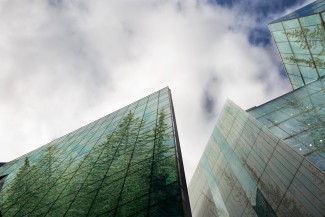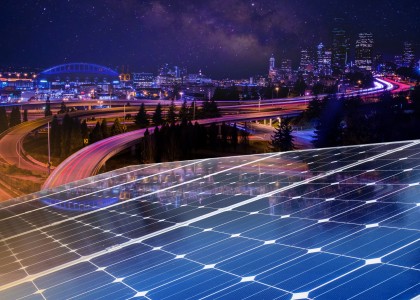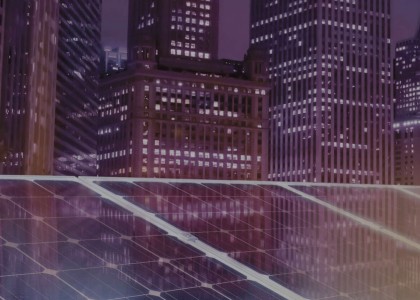As US cities ramp up their clean energy efforts, stricter building energy codes are some of their biggest success stories. In fact, 30 cities have taken steps to reduce energy waste in buildings by improving these codes, according to the newly released 2019 City Clean Energy Scorecard.
These cities are updating their codes, advocating for their state to do more, or benefitting from state action. Since 2017, nine cities adopted more-stringent building energy codes: Las Vegas, Mesa, New York, Philadelphia, Phoenix, Reno, San Antonio, St. Louis, and Tucson. Another five cities successfully advocated for their states to adopt more stringent standards: Columbus, Cincinnati, Cleveland, Pittsburgh, and Seattle. In addition, eight cities adopted efficiency requirements for existing buildings: Chicago, Denver, Minneapolis, New York, Reno, Salt Lake City, San José, and Washington, DC.
Why does this matter? To address climate change, cities need to reduce buildings’ energy use, because residential and commercial buildings account for about 36% of total energy-related carbon dioxide emissions each year. Energy codes for new and existing buildings are a great way to do so. These codes affect up to 80% of a building’s energy load and, since buildings typically operate for decades before major renovation, the impact can really add up.
Building codes set minimum efficiency requirements for new buildings and those that undergo significant renovations. For example, they set minimum thresholds for roof and wall insulation, which help reduce heat loss through the building and increase occupant comfort. They also have criteria for the efficiency of heating, ventilation, and air conditioning (HVAC), as well as for lighting and water heating.
Findings from the 2019 City Scorecard
The map below summarizes city codes according to the New Building Institute’s zEPI scale, which is how we scored cities.
Boston and Worcester had the most stringent residential building energy codes, because they adopted the Massachusetts Stretch Energy Code. Meanwhile, St. Louis had the lowest commercial zEPI score. Cities with the lowest zEPI scores had all adopted the 2018 international energy conservation code.
Which other cities prioritized building energy code adoption?
New York. Through Local Law 32 of 2018, the city compels itself to pass a stretch code in 2019 that is at least 20% more stringent than the state code.
Philadelphia. The Pennsylvania Legislature passed House Bill 409 in 2017, bringing its statewide building code up to the International Energy Conservation Code (IECC) 2015 standard and enabling Philadelphia a one-time opportunity to update to 2018 codes for commercial construction. (Pennsylvania requires local jurisdictions to comply with state-mandated building energy codes.) The city took advantage of the opportunity by adopting the codes in June 2018.
Phoenix. The city adopted the 2018 IECC for residential construction in June 2018, one of the first in the nation to do so.
Some cities can’t take action on their own, though, as some states require cities to follow whatever code is set at the state level. In some cases, states updated their codes, bringing up the stringency of codes in effect in their cities. Six states—Connecticut, Florida, Kentucky, Ohio, Pennsylvania, and Virginia—adopted updated codes, resulting in improved codes in 15 Scorecard cities. In other cases, states have taken no action, prompting cities to advocate for more stringent codes.
Building energy codes are a proven method for improving efficiency and cutting greenhouse gas emissions in cities. While both cities and states have an important role to play in the adoption and stringency of these codes, cities are increasingly recognizing the urgency around updating their codes and raising the bar where they can. With the advent of more ambitious climate goals, we anticipate more cities and states working together to slash energy consumption in buildings, implementing more stringent building codes as a first step.
Hannah Bastian and Alexander Jarrah contributed to this blog post.



